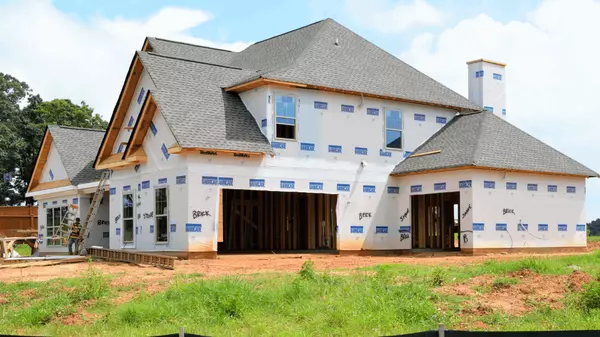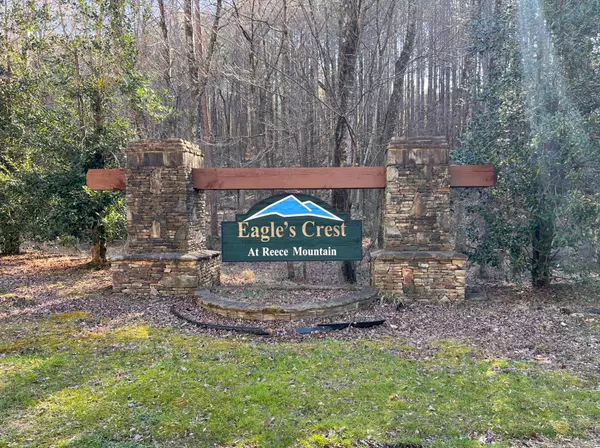The Benefits of Prescribed Fire for Georgia Landowners: A Smart Land Management Strategy

The Benefits of Prescribed Fire for Georgia Landowners: A Smart Land Management Strategy
Introduction: Fire as a Tool for Healthy Land Management
For centuries, fire has been a natural and necessary force shaping Georgia’s landscapes. Before modern land management, frequent fires—ignited by lightning or set intentionally by Native Americans—helped maintain thriving ecosystems across the region. These fires cleared out undergrowth, recycled nutrients, and created open spaces that supported diverse plant and animal life.
However, decades of fire suppression have disrupted this natural cycle. Many forests and fields have become overgrown with dense vegetation, increasing the risk of catastrophic wildfires and degrading wildlife habitats. As a result, landowners across Georgia are rediscovering an ancient but highly effective land management tool: prescribed fire.
Also known as controlled burning, prescribed fire is a strategic, carefully planned process used to restore and maintain landscapes. Whether you own timberland, agricultural fields, hunting property, or conservation acreage, prescribed burning can improve land productivity, enhance wildlife habitat, and reduce the risks associated with unchecked wildfires.
For Georgia landowners looking to maintain the health and value of their property, understanding the benefits of prescribed fire is essential. Let’s explore why this practice is not only beneficial but necessary for long-term land stewardship.
1. Enhancing Ecosystem Health and Biodiversity
One of the most compelling reasons to use prescribed fire is its role in maintaining and restoring healthy ecosystems. Fire is an essential component of Georgia’s natural landscape, particularly in longleaf pine forests, open savannas, and grasslands.
A Natural Reset for Native Plants
Many native plant species are adapted to fire and even depend on it for survival. For example, longleaf pines, once dominant across the Southeast, require fire to clear competing vegetation, allowing their seedlings to take root and flourish. Without fire, these landscapes become overgrown with hardwoods and invasive species, reducing biodiversity.
Periodic burns promote the growth of fire-adapted plants such as wiregrass, bluestem, and pitcher plants—species that thrive in fire-managed ecosystems. These plants, in turn, provide critical food sources and shelter for wildlife.
Supporting Wildlife That Depends on Fire
Many of Georgia’s wildlife species benefit directly from prescribed burns. Ground-nesting birds like bobwhite quail, wild turkeys, and even the endangered red-cockaded woodpecker rely on open, fire-maintained habitats for nesting and foraging. Similarly, deer and other game species benefit from the fresh, nutrient-rich vegetation that emerges after a burn.
For landowners interested in conservation, prescribed burning can play a crucial role in restoring declining habitats and supporting diverse wildlife populations.
2. Reducing Wildfire Risks: The Best Defense Against Destructive Fires
Wildfires are an increasing concern, and Georgia’s forests and rural communities are no exception. Overgrown, unmanaged landscapes are highly susceptible to devastating wildfires fueled by excessive vegetation buildup. Prescribed burns provide a proactive solution.
Fuel Load Reduction: Fire Preventing Fire
A major benefit of prescribed fire is reducing the accumulation of flammable material, such as deadwood, dry grasses, and underbrush. By periodically burning these excess fuels under controlled conditions, landowners can significantly reduce the intensity and spread of future wildfires.
When a wildfire encounters an area that has been treated with prescribed burns, it loses much of its momentum. Instead of rapidly engulfing an entire forest, the fire slows down or extinguishes altogether, protecting both natural and developed areas.
Protecting Homes and Communities
For landowners with property near populated areas, prescribed burning is a key tool in creating defensible spaces. By clearing excess vegetation near homes, barns, and roads, controlled burns can establish natural firebreaks that prevent wildfires from reaching structures and infrastructure.
The economic cost of wildfires—damaged property, lost timber, and costly emergency response efforts—far outweighs the investment in prescribed fire as a preventative measure.
3. Improving Soil Health and Land Productivity
Prescribed fire doesn’t just remove unwanted vegetation—it rejuvenates the land. Burning plays a critical role in maintaining soil health, increasing nutrient availability, and promoting sustainable land use.
Nutrient Recycling: Fire as Nature’s Fertilizer
When plant material burns, essential nutrients like nitrogen, potassium, and phosphorus are released back into the soil. This natural recycling process promotes the growth of new vegetation, improving soil fertility without the need for chemical fertilizers.
Landowners who manage forests, pastures, or agricultural land can use prescribed fire to enhance soil conditions and improve plant growth.
Timberland and Agriculture Benefits
For timberland owners, controlled burns can help clear competing vegetation, allowing commercially valuable tree species to grow more efficiently. In agricultural settings, fire can be used to prepare fields for planting, remove crop residue, and suppress weeds without herbicides.
In pasturelands, fire promotes the growth of high-quality forage for livestock, increasing the carrying capacity of grazing land.
4. Enhancing Wildlife Habitat: A Game Changer for Hunters and Conservationists
Georgia’s hunting community has long recognized the importance of prescribed fire in maintaining high-quality game habitats. Whether managing land for deer, turkey, quail, or waterfowl, prescribed burns create ideal conditions for wildlife populations to thrive.
Boosting Forage and Cover for Game Species
After a prescribed burn, nutrient-rich plants quickly regenerate, providing excellent forage for deer and other herbivores. Open, burned areas also create better conditions for ground-nesting birds like quail and turkey by reducing predator cover and improving access to food.
Supporting Endangered and At-Risk Species
Beyond game animals, prescribed fire plays a crucial role in conserving at-risk species such as the gopher tortoise and indigo snake. These species rely on open, fire-maintained landscapes that have become increasingly rare due to fire suppression.
For landowners committed to conservation, prescribed burns can be a powerful tool in supporting Georgia’s native biodiversity.
5. Smoke Management and Safety Considerations
While prescribed fire offers numerous benefits, it must be conducted responsibly to minimize risks and community concerns.
Following Best Practices
To ensure safe and effective burns, landowners should follow prescribed burn plans that outline:
- Weather conditions for safe burning
- Firebreaks and containment strategies
- Smoke management considerations to protect nearby communities
Georgia Regulations and Permits
In Georgia, landowners must obtain a burn permit from the Georgia Forestry Commission before conducting a prescribed fire. State and local agencies also provide training and resources to help landowners conduct burns safely.
6. Financial and Economic Benefits for Landowners
Prescribed burning is not only an environmentally sound practice but also a cost-effective one.
Government Assistance Programs
Several federal and state programs offer financial assistance to landowners who incorporate prescribed fire into their land management strategies. Programs such as:
- The Georgia Forestry Commission’s cost-share programs
- USDA Natural Resources Conservation Service (NRCS) grants
- Private conservation group funding
These programs can help offset the costs of equipment, training, and professional assistance.
Increasing Property Value
For landowners looking to sell or lease hunting land, prescribed burns can significantly increase the property’s value by improving habitat quality and accessibility.
7. Getting Started with Prescribed Fire in Georgia
If you’re considering prescribed burning, start by:
- Developing a Burn Plan – Outline your objectives, timing, and necessary precautions.
- Obtaining Permits – Work with the Georgia Forestry Commission to ensure compliance.
- Seeking Professional Help – Connect with trained professionals to assist with safe and effective burns.
By taking these steps, landowners can successfully integrate prescribed fire into their land management strategies.
Conclusion: A Proven, Sustainable Land Management Tool
Prescribed fire is one of the most effective tools available for Georgia landowners. From enhancing biodiversity and reducing wildfire risks to improving soil health and increasing land productivity, its benefits are undeniable.
If you’re interested in learning more about how prescribed fire can improve your land, reach out to experts who can help you develop a safe and effective burn strategy. Proactively managing your land with fire is an investment in the health, sustainability, and long-term value of your property.
Categories
Recent Posts










